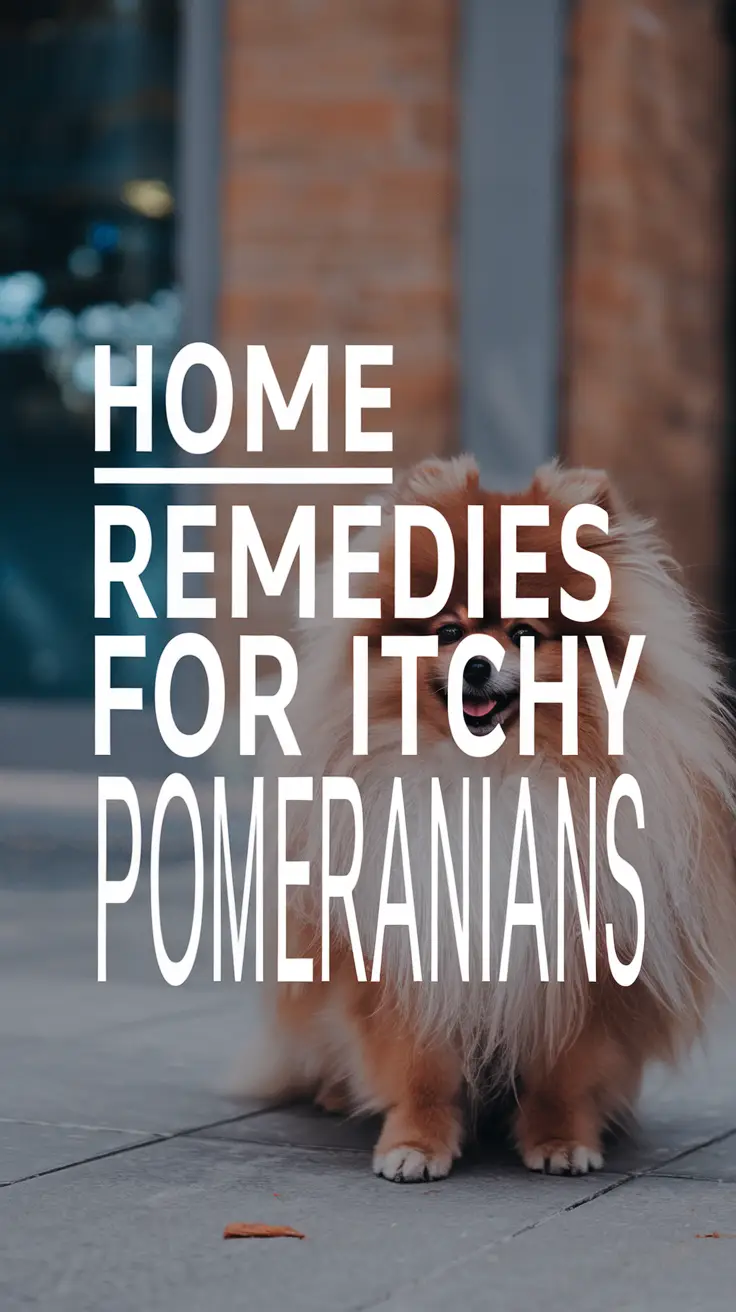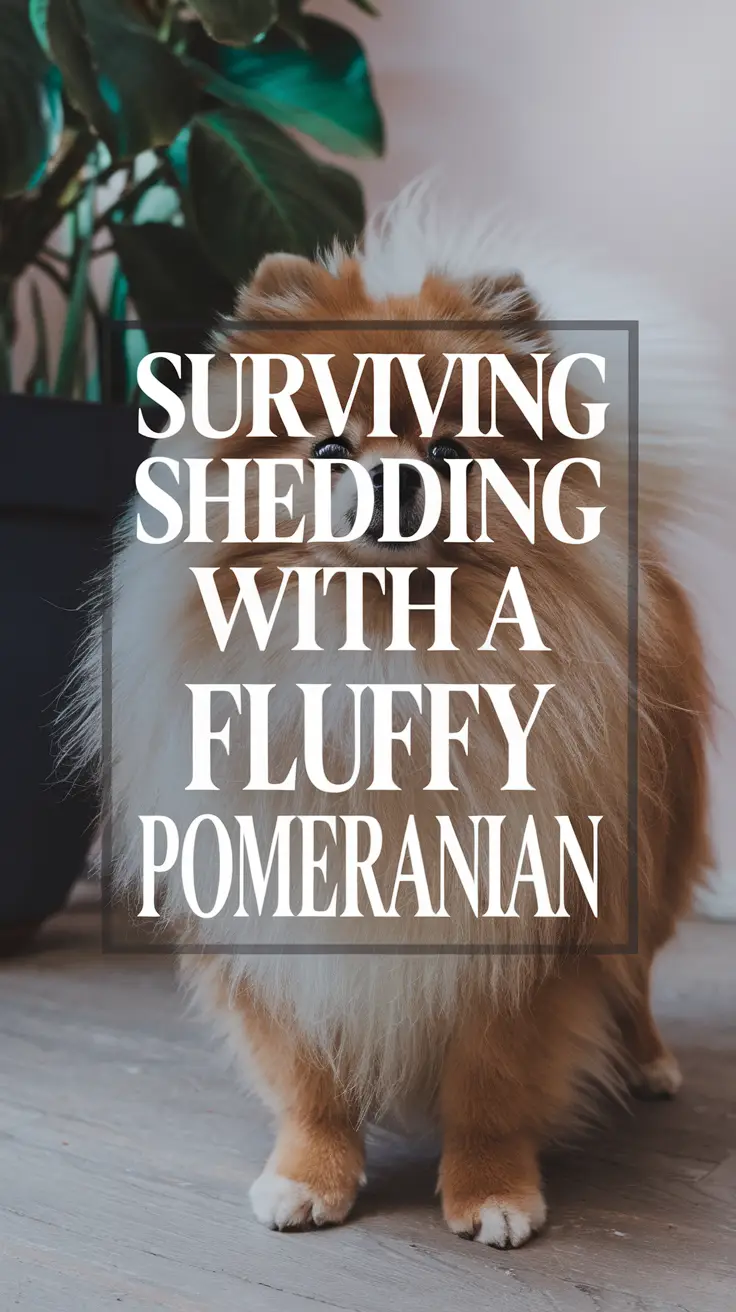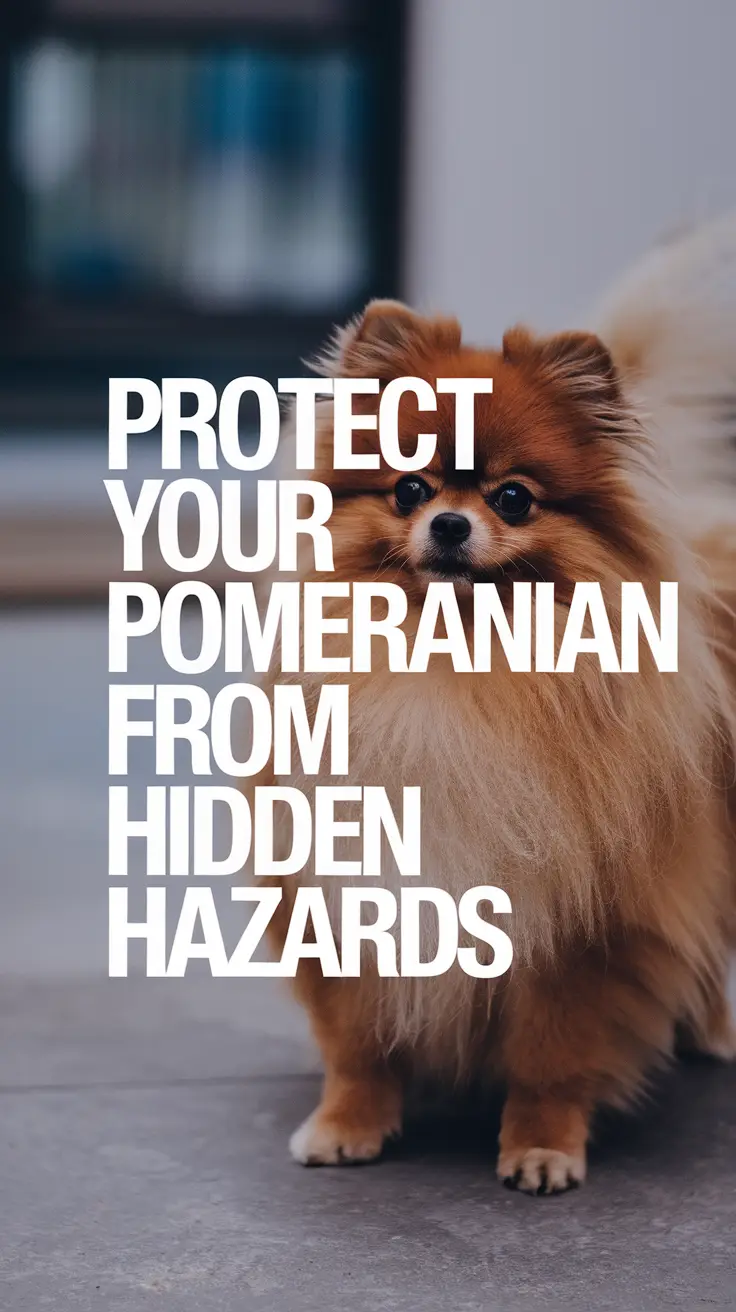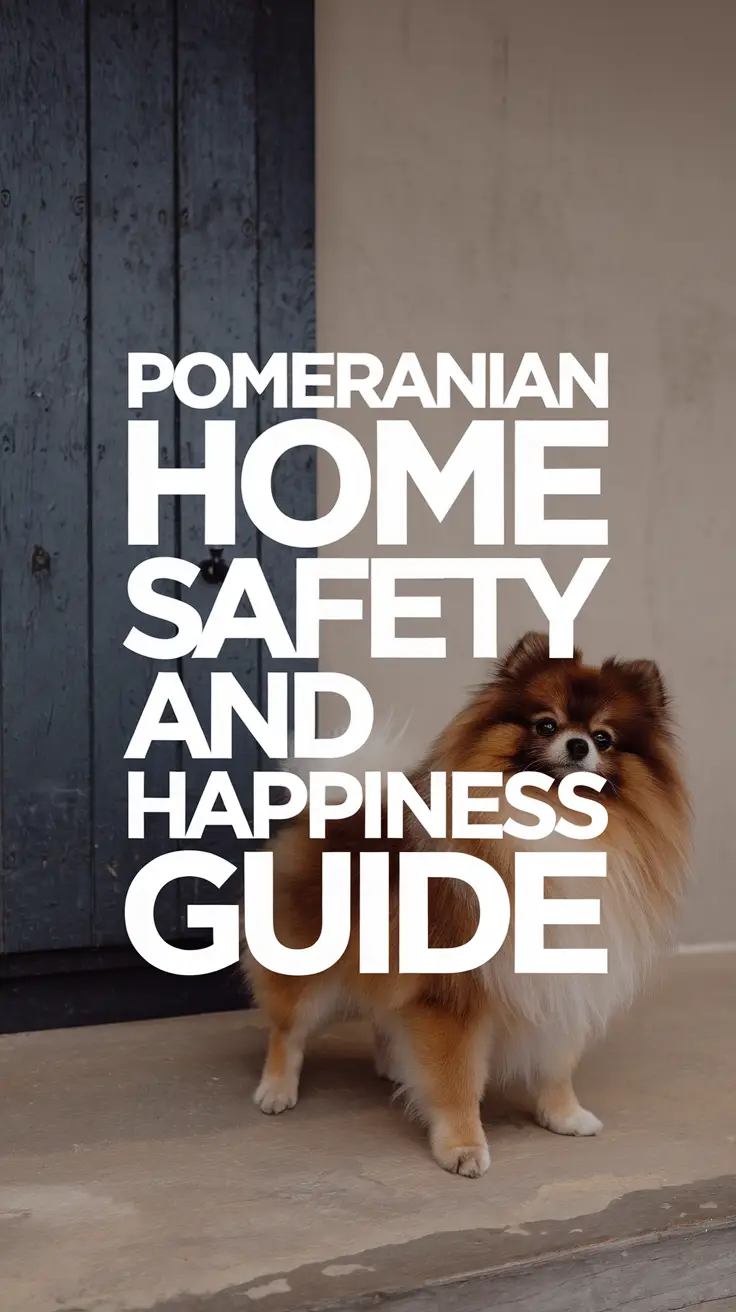Watching your fluffy little Pomeranian scratch relentlessly at their ears while sneezing like they’ve just discovered pepper can break any dog parent’s heart. When my Sash started doing her impression of a furry tornado every spring, rubbing her face against every surface in sight, I knew something was definitely up with those seasonal changes.
Quick Summary: The Essential Facts
- Pomeranians show seasonal allergies through excessive scratching, sneezing, watery eyes, and skin irritation that coincides with specific times of year
- Common triggers include pollen, grass, mold spores, and dust mites that fluctuate with seasonal changes
- Treatment ranges from simple environmental management to prescription medications, with most dogs finding relief through a combination approach
Recognizing the Tell-Tale Signs
Seasonal allergies in Pomeranians rarely arrive with a formal announcement. Instead, they sneak up like an uninvited guest who overstays their welcome. The key difference between seasonal allergies and other health issues lies in the timing and specific symptoms.
Physical Symptoms to Watch For
| Symptom | What It Looks Like | Seasonal Pattern |
|---|---|---|
| Excessive Scratching | Focused on ears, paws, and belly | Increases during specific seasons |
| Red, Watery Eyes | Tear staining, rubbing face on furniture | Coincides with high pollen counts |
| Sneezing Fits | Repeated sneezing, especially after outdoor time | Worse on windy days |
| Skin Irritation | Hot spots, redness between toes | Flares up seasonally |
| Ear Issues | Head shaking, ear scratching, odor | Often accompanies other symptoms |
When Sash first developed her seasonal allergies, I initially thought she’d picked up fleas. The scratching was so intense that she’d wake me up at 3 AM with her little paws going to town on her ears. It wasn’t until I noticed the pattern – every spring like clockwork – that the pieces clicked together.
Behavioral Changes That Signal Discomfort
Beyond the obvious physical symptoms, Pomeranians often display subtle behavioral shifts when dealing with seasonal allergies. Sash became noticeably grumpier during her allergy flare-ups, almost like she was saying “Mom, fix this immediately!” in her most indignant Pomeranian voice.
- Increased irritability or restlessness
- Reluctance to go outside during certain times
- Changes in sleep patterns due to discomfort
- Decreased appetite in severe cases
- More clingy behavior seeking comfort
Common Culprits Behind the Chaos
Understanding what triggers your Pomeranian’s seasonal allergies helps you prepare for battle. According to the American Kennel Club, environmental allergens are the most common cause of seasonal allergic reactions in dogs.
Spring Triggers
- Tree pollen (oak, maple, birch)
- Early grass growth
- Mold spores from wet conditions
Summer Triggers
- Grass pollen at peak levels
- Ragweed beginning its reign of terror
- Dust mites thriving in humidity
Fall Triggers
- Ragweed pollen (the ultimate villain)
- Leaf mold and decomposing matter
- Late-season grass pollen
Dr. Sarah Mitchell, a veterinary dermatologist I consulted during Sash’s worst allergy season, explained that Pomeranians’ low-to-the-ground stature actually makes them more susceptible to ground-level allergens like grass pollen and mold spores. “They’re essentially little furry vacuum cleaners,” she noted with a smile.
Your Action Plan: From Diagnosis to Relief
Step 1: Confirm the Diagnosis
Before assuming seasonal allergies are the culprit, rule out other possibilities. Food allergies, flea infestations, and bacterial infections can mimic seasonal allergy symptoms. Your veterinarian might recommend:
- Allergy testing (blood work or skin tests)
- Elimination diets to rule out food allergies
- Skin scrapings to check for parasites
Step 2: Environmental Management
Sometimes the simplest solutions work wonders. I learned this the hard way after spending a fortune on supplements before trying basic environmental controls.
| Strategy | How to Implement | Effectiveness |
|---|---|---|
| Pollen Avoidance | Walk during low pollen times (early morning, after rain) | High for mild cases |
| Post-Walk Cleanup | Wipe paws and face with damp cloth | Moderate to high |
| Indoor Air Quality | HEPA filters, regular cleaning | Moderate |
| Bedding Management | Wash dog bedding weekly in hot water | Moderate |
Step 3: Treatment Options
The treatment spectrum ranges from over-the-counter relief to prescription medications. What works for one Pomeranian might not work for another – trust me, Sash and I tried nearly everything.
Natural Remedies
- Oatmeal baths: Soothing for irritated skin, though Sash initially acted like I was subjecting her to medieval torture
- Omega-3 supplements: Help reduce inflammation over time
- Local honey: Some swear by it, though scientific evidence is limited
Over-the-Counter Options
- Antihistamines: Benadryl (with vet approval) can provide temporary relief
- Medicated shampoos: Help remove allergens and soothe skin
- Paw balms: Protect sensitive paw pads
Prescription Treatments
- Apoquel: Fast-acting but requires ongoing vet monitoring
- Cytopoint injections: Longer-lasting relief, given every 4-8 weeks
- Prescription shampoos: More potent than over-the-counter versions
What Really Works: Real-World Results
After three seasons of trial and error with Sash, here’s what I’ve learned actually makes a difference. The most effective approach combines multiple strategies rather than relying on a single solution.
Our winning combination includes daily paw wipes after walks, weekly medicated baths during peak allergy season, and Cytopoint injections every six weeks from March through October. The transformation was remarkable – Sash went from a scratching, miserable little fluffball to her usual confident, slightly demanding self.
The Cost Reality Check
Managing seasonal allergies isn’t cheap, but the peace of mind (and sleep) is worth every penny. Here’s a realistic budget breakdown:
- Initial vet consultation and testing: $200-400
- Monthly medications: $50-150
- Specialized shampoos and supplies: $30-50 per month
- Follow-up vet visits: $100-200 quarterly
Prevention: Your Best Defense
While you can’t completely prevent seasonal allergies, you can minimize their impact. Start preparing before allergy season hits – don’t wait until your Pomeranian is already miserable.
- Begin air filtration improvements in late winter
- Stock up on cleaning supplies and medications
- Establish a post-walk cleaning routine
- Consider starting supplements 4-6 weeks before peak season
When to Worry: Red Flags
Most seasonal allergies are manageable, but some situations require immediate veterinary attention:
- Difficulty breathing or excessive panting
- Severe swelling around the face or eyes
- Open wounds from excessive scratching
- Signs of secondary bacterial infections
- Complete loss of appetite lasting more than 24 hours
The Silver Lining
Managing Sash’s seasonal allergies taught me to become more attuned to her needs and communication style. I now notice subtle changes in her behavior that might have escaped my attention before. Plus, our post-walk paw-cleaning routine has become a bonding ritual she actually enjoys – probably because it comes with treats.
Seasonal allergies don’t have to dominate your Pomeranian’s life or yours. With the right combination of awareness, preparation, and treatment, your furry companion can enjoy every season comfortably. The key lies in patient observation, consistent management, and working closely with your veterinarian to find the perfect solution for your unique little fluffball. After all, a comfortable Pomeranian is a happy Pomeranian – and a happy Pomeranian makes for a much more peaceful household.




